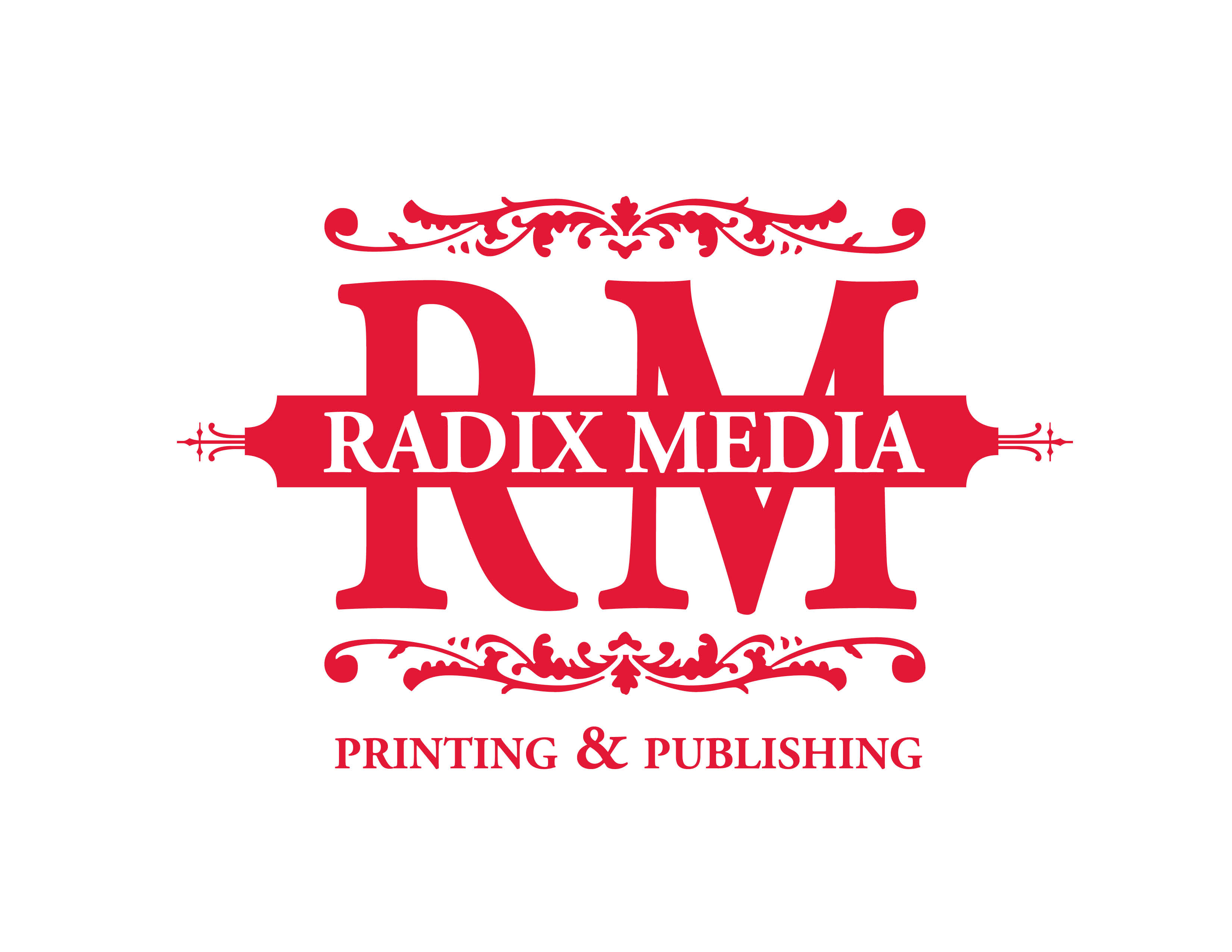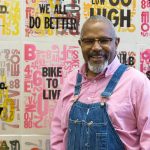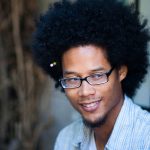olly Crabapple is an award-winning artist and journalist whose writing has been published in The New York Times, The Paris Review, Vanity Fair, VICE, and more. Her illustrated memoir, Drawing in Blood, was published in 2017, and her most recent project is Brothers of the Gun, a collaboration with Syrian war journalist Marwan Hisham. Her crosshatch style of illustration is unmistakable—when you’re looking at a piece of art by Molly Crabapple, you’ll know it. I spoke to Molly about her beginnings as an artist, her time with Occupy Wall Street, and the role of political art.
For those readers who are not familiar with you, give us a brief introduction to your work.
Hey, I’m Molly Crabapple, an artist and writer from New York City. I’m the author of two books—the last one with one of my best friends, the Syrian war journalist Marwan Hisham—a perpetual student of Arabic, and a journalist who has covered protest, incarceration and conflict all over the world.
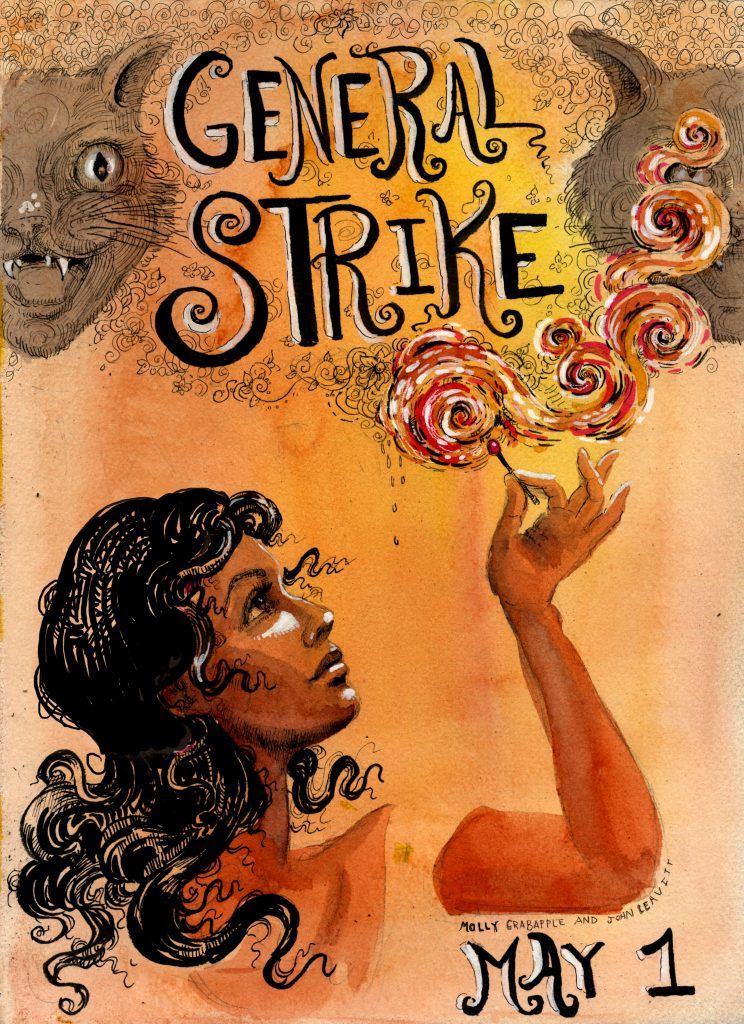 Although you were creating art way before Occupy Wall Street, it seems like you really made a name for yourself during those years. What kind of impact did OWS have on the way you approach making art?
Although you were creating art way before Occupy Wall Street, it seems like you really made a name for yourself during those years. What kind of impact did OWS have on the way you approach making art?
I’ve always been political—my dad is a Puerto Rican Studies professor who taught me about Marx when I was eight—but before Occupy most of my art work was tied up with New York’s nightlife. Most of my friends were performers, I used to dance burlesque myself, and I spent so many nights furiously sketching the tough and glamorous women who danced at venues like the Box. I didn’t feel like I was clever enough to do work about politics, as I had never graduated university and wasn’t a big reader of theory or anything, but OWS was a moment that invited everyone to participate however they could. I started drawing the park, and through that met the journalists who have become some of my closest friends—they were the ones who mentored me when I took my first stabs at journalism.
Your heritage is Puerto Rican and Jewish, which I only learned about a year or two ago. This led me to a piece you wrote for The Baffler called “Trial By Fire,” about Nina Droz, the 37-year-old activist in Puerto Rico who sort of became a symbol of young resistance in the independentista movement. How does your heritage affect your work, in terms of the projects you seek out and conceive of?
Hahaha are you saying “Crabapple” is not a traditionally Boricua name?
I think that my heritage influences me primarily because I have the best parents in the world, and I learned so much from them both. My mother comes from a family of artists and radicals. My great grandfather was in the Bund, a revolutionary socialist Jewish underground group back in Russia! From him, we all got the twin legacies of antiauthoritarianism and painting. I’m currently working on a project about the Bund right now, and the reasons it was wiped from history. My father is an amazing scholar of Puerto Rico who taught me how to argue with rigor, about anti-colonial history, about socialism, about rebellion. I spent summers in Puerto Rico when I was a little girl, at my grandparents’ house in Bayamon, but I didn’t go back as an adult until after Maria. After the hurricane hit I got on the first plane I could, filled duffel bags up with supplies and went to my friend Christine’s place in the mountains. I’ve been going back and making art ever since.
“[Art] is work and anyone who says otherwise is probably trying to justify not paying artists.”
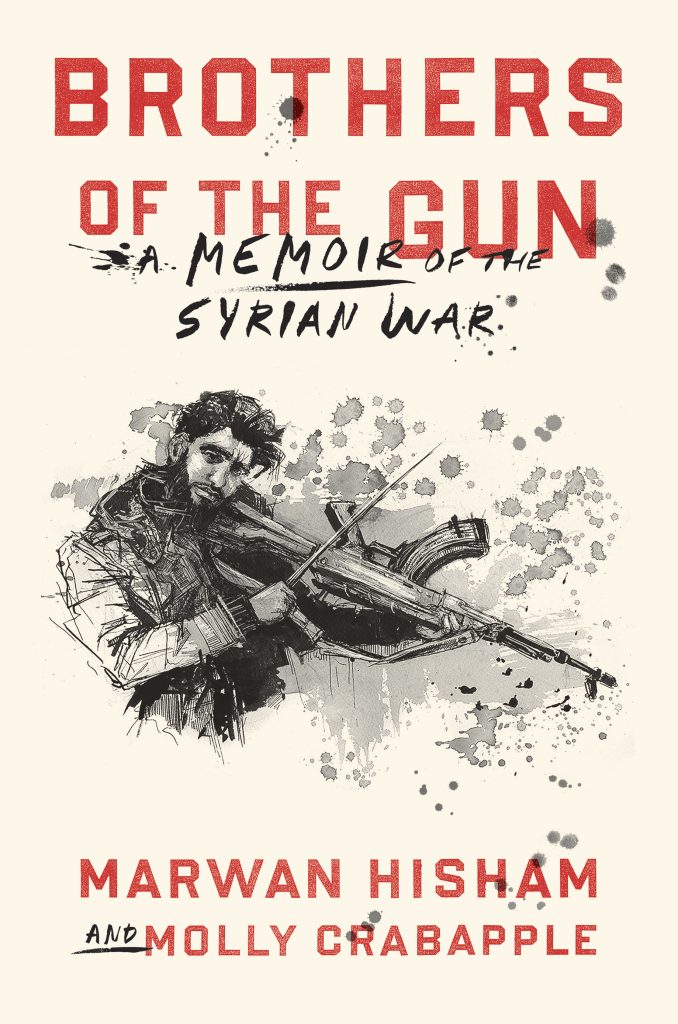 Let’s talk about collaboration. In the early days of OWS, you worked with journalist Laurie Penny to document what was happening on the ground. Your recent book, Brothers of the Gun, is a project with Marwan Hisham, a Syrian war journalist. What is your process like for collaborations, and how does it differ from your solo work?
Let’s talk about collaboration. In the early days of OWS, you worked with journalist Laurie Penny to document what was happening on the ground. Your recent book, Brothers of the Gun, is a project with Marwan Hisham, a Syrian war journalist. What is your process like for collaborations, and how does it differ from your solo work?
With Laurie, it was pretty straightforward—she wrote, and I drew. But with Marwan? That book, every line and every word and every blot of ink is both of ours. We wrote and rewrote each other, he art directed me and told me when my work was cliche and crap. We thought and rethought and argued and looked in old poetry books and it was the sort of collaboration that you can only have with one of your best friends on earth—something I doubt I’ll ever do again.
There have been debates for years about the political nature of art—whether it’s inherently so or not—but it seems like we’ve reached a turning point. More and more people are considering artists to be workers. The term “cultural production” is perhaps not one that would be widely used a decade ago. For you, how does labor intersect with art?
I mean, art is work. When I go to a job site, get on scaffolding, and put colored pigment on a wall for hours, am I supposed to say that it’s magically not work because I’m painting? I once said that art is carpentry that is sometimes brushed by the divine, and I stand by it. I paint and sketch and struggle and curse and do donkey work and sometimes the muse visits, in which case I try to do her justice. But it is work and anyone who says otherwise is probably trying to justify not paying artists.
While you’re most widely known for your illustration and journalism, you’ve also done animation. How did you get into that? Full disclosure/nerd alert: many years ago, I dabbled with stop motion after getting into the work of Adam Jones from the band Tool, The Brothers Quay, and Jan Svankmajer, so I’m always interested in people continuing this sort of work!
My friend, the musician Kim Boekbinder, and I wanted to work together to do a music video for one of her songs. We went on Twitter, asked for someone to direct it, and this super talented Australian named Jim Batt responded. Kim and Jim immediately fell in love. Fast forward nine years. Jim and Kim are still a thing and we’ve made stop motion explainer videos with everyone from Jay Z and John Legend to Alexandria Ocasio-Cortez and the ACLU. Here’s the piece that started it all.
What role can printed matter play in this day and age?
Try getting a website into a prison.
To learn more about Molly Crabapple and her work, check out her website.
Photo by Steve Prue.
Community Spotlight is a blog series that seeks to connect people and build power. Each post will feature a person or organization doing great work in their community and fighting for a more just world. We interview writers, illustrators, podcasters, filmmakers, activists, and more. Subscribe today and let’s start building together.
